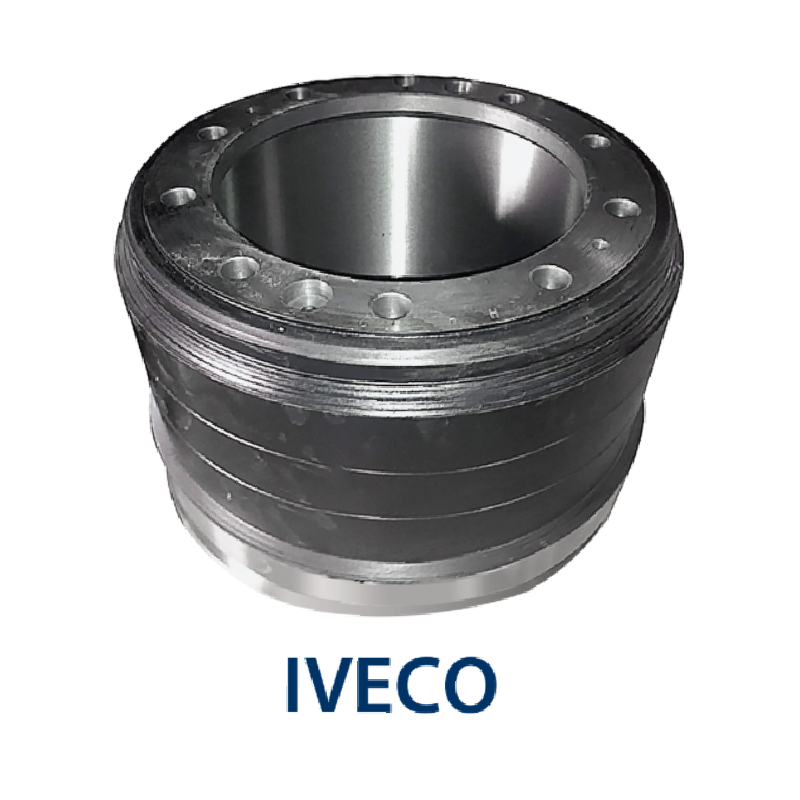Sep . 28, 2024 09:23 Back to list
Understanding the Impact of Brake Drum Vibration on Vehicle Performance and Safety
Understanding Brake Drum Vibration Causes, Effects, and Solutions
Brake drum vibration is a phenomenon that can significantly impact the safety and performance of vehicles. This issue can arise in various types of vehicles, ranging from passenger cars to heavy trucks, and it's essential for drivers and automotive professionals to understand its underlying causes, effects, and potential solutions.
What is Brake Drum Vibration?
Brake drum vibration occurs when the brake drum experiences oscillations during its operation, usually influenced by factors such as uneven wear, improper installation, or external forces. These vibrations can lead to a host of problems, including decreased braking efficiency, increased wear on brake components, and an overall uncomfortable driving experience due to noise and vibration transmitted through the vehicle structure.
Causes of Brake Drum Vibration
1. Uneven Wear and Tear Over time, brake drums can develop irregularities due to uneven wear patterns. This is often caused by inconsistent braking force, which may result from factors like a malfunctioning master cylinder or maladjusted brake shoes.
2. Improper Installation When brake drums are not installed correctly, it can lead to misalignment. This misalignment can contribute to vibrations as the drum rotates, causing it to interact unevenly with the brake shoes.
3. Warped Drums Excessive heat generated during braking can cause steel components to warp. Warped brake drums will not make even contact with the brake shoes, creating a cycle of vibration and premature wear.
4. Foreign Contaminants Dust, debris, and brake pad residue can accumulate on the surface of the drum over time. These contaminants can lead to inconsistent braking surface contact, resulting in vibrations as the brakes are applied.
5. Worn Wheel Bearings If wheel bearings are worn or damaged, they can result in excessive play within the brake assembly, contributing to vibrations.
Effects of Brake Drum Vibration
Brake drum vibration can lead to several adverse effects on a vehicle and its components
1. Reduced Braking Effectiveness Vibration can cause the brake pads to lose contact with the surface of the drum, resulting in decreased braking power. This can lead to longer stopping distances and increased risk of accidents.
brake drum vibration

2. Increased Wear and Tear Vibrational forces can cause accelerated wear on both the drum and brake shoes, leading to more frequent replacements and higher maintenance costs.
3. Noise Vibration often generates noise that can be uncomfortable and distracting for drivers and passengers. Squealing or grinding sounds can indicate that there is an underlying problem that needs to be addressed.
5. Compromised Safety Ultimately, any factor that affects the efficiency of braking can pose a safety risk. Brake drum vibration should not be overlooked, as it can contribute to brake failure in extreme cases.
Solutions to Brake Drum Vibration
To address brake drum vibration, it's crucial to take a proactive approach
1. Regular Inspections Schedule routine inspections of the brake system to identify uneven wear, possible misalignment, or other issues before they escalate.
2. Proper Installation Ensure that brake drums and pads are installed correctly by a qualified technician. This should include the right torque specifications to prevent misalignment.
3. Drum Resurfacing If a drum is found to be warped or uneven, resurfacing may restore its proper contour and reduce any vibration. Replacement may be necessary if resurfacing is not feasible.
4. Maintain Brake Components Keep brake components clean from dirt and debris. Regularly check for contaminants and replace worn components as needed.
5. Address Underlying Issues Investigate and repair any other potential problems, such as worn wheel bearings or master cylinder issues that could contribute to brake drum vibration.
Conclusion
Brake drum vibration is an important issue that can impair vehicle safety and performance. By understanding its causes and effects, vehicle owners and operators can take proactive measures to mitigate the risk. Regular maintenance and timely interventions will not only enhance vehicle performance but also ensure a safer driving experience. Always consult with an automotive professional if you suspect brake drum vibration, as they can provide the expertise needed to resolve the issue effectively.
-
ROR Web Development: Build Fast, Scalable, Secure Apps
NewsAug.17,2025
-
Scania Brake Drums: OEM Quality for Optimal Safety & Durability
NewsAug.16,2025
-
R.V.I: Advanced Remote Visual Inspection for Precision
NewsAug.15,2025
-
Discover HYUNDA: Innovative Vehicles, Equipment & Solutions
NewsAug.14,2025
-
R.V.I: Unlock Advanced Insights & Real-time Performance
NewsAug.13,2025
-
Kamaz Brake Drum: Durable & Reliable for Heavy Duty Trucks
NewsAug.12,2025
